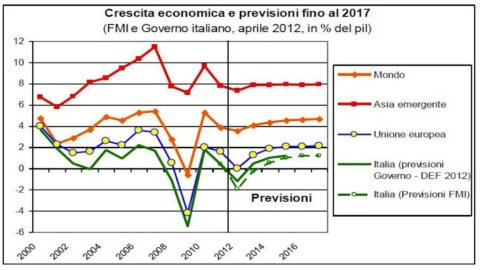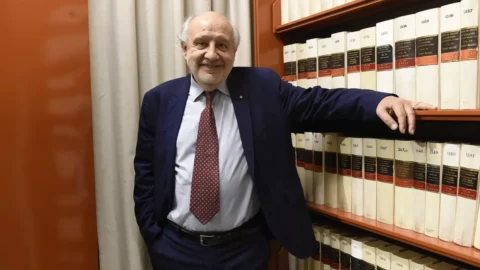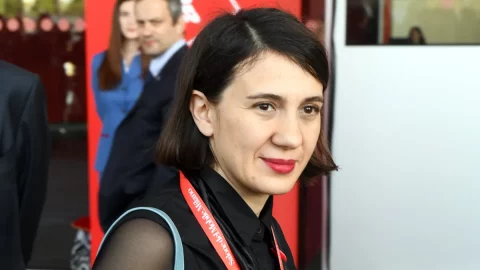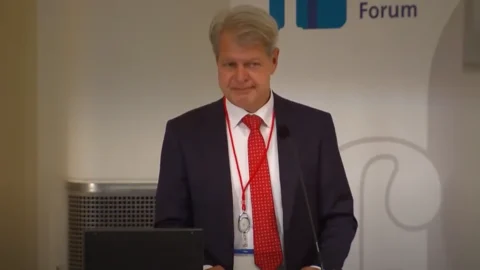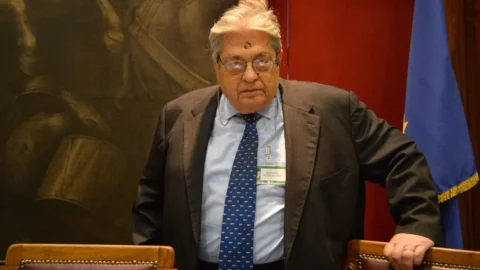– Growth in Italy has been structurally lower than the EU average for over a decade, with a potential trend of 1,2% per year
-The consolidation of public finances has implied a contraction in public investment which will continue in the next few years.
– Foreigners do not invest in Italy even in the infrastructure sector.
Investments in infrastructure in Italy compete with investments in infrastructures of other European countries ed
non-Europeans in attracting financing capital or historically investment in infrastructure of our own
countries have not been attractive in the absence of a clear and stable regulatory framework.
– Infrastructure funds, rating agencies, private investors and lenders have an interest in infrastructure investments that are characterized by the clarity and regulatory stability of long-term returns
– When we talk about the clarity and stability of the regulatory framework, we refer to three fundamental aspects: 1) Adequate certainty of the tariff mechanisms, i.e. the certain tariff rules that make the cash flow predictable with a
certain degree of reliability. 2) Prospects of adequate long-term profitability of investments ensured even in the presence of legislative or regulatory changes. 3) Identification of the reimbursement value at the end of the concession or in the event that the concession is terminated before its natural expiry.
Italy attracts few Foreign Direct Investments (click image to enlarge and scroll)
Foreigners do not invest in Italy, not even in the infrastructure sector
– The actions to be taken to restart the country are at the center of the economic and political debate:
The measures that will lead to a retraining of human capital will only take effect in the medium term.
Other initiatives, in particular those relating to the implementation of infrastructure investments, have a direct effect e
on employment and growth and create the essential structural conditions for making the most of, at a later stage, the international positioning of our economy (these initiatives are
object of this round table)
– Investments of over 150 billion euros are required in infrastructure (airports, highways, but also the water sector, new generation telecommunications network, etc.)
Private investments for public infrastructures (click on the image)
– These investments can have a direct and immediate effect on the country, i.e. they can:
– create employment and generate a stable income prospect that gives impetus to private entrepreneurship and, more generally, to the country in a European context by now;
– lead to a modernization of Italy in a by now European market context.
-
In order for this to happen, it is necessary to create the conditions which induce Italian savers and international subjects to invest in our infrastructures, an operation possible in the presence of concessionaires capable of ensuring a continuous return for private savers and institutional investors (including international infrastructure investments and pension funds)
The airport sector and the motorway sector want to make a decisive contribution to the growth of the country.
AIRPORTS
– The airport sector finally has a certain, stable and transparent tariff framework, which ensures the cost orientation of tariffs and satisfies the conditions required by international savers and investors
– ADR, SEA and SAVE stipulated the Planning Agreement envisaged for airports with more than eight million passengers, which introduced tariff rules which apply until the end of the concession in a dual till regime.
– Revenues from commercial activities are not regulated
– Revenues from aviation activities are subject to a tariff mechanism which ensures an adequate return on invested capital
– In the case of ADR and SAVE, a surcharge is envisaged on the WACC to encourage the implementation of investments considered strategic
– The other airports, which have less than eight million passengers, have stipulated the Planning Agreement, or will stipulate it shortly thanks to the constitution of the Transport Regulation Authority
– In this case the revenues from the commercial activities contribute in part to remunerating the costs of the aviation activities because the regulation is "partial single till"
– The regulation of these airports also ensures an adequate return on invested capital, but it is less of an incentive than that envisaged for airports with more than eight million passengers. Furthermore, it is inefficient because it does not allow the true cost of aviation infrastructure to emerge due to the presence of a subsidy from commercial activities
– I hope that a "Dual Till" regulation can also be applied to these airports in the future
– For the airport sector there are finally the conditions of profitability, certainty and tariff stability that make this sector attractive for international savers and investors
– A point of attention pertains to the concrete realization of the investments. Here we will have to achieve a simplification of the public subjects involved, the case of ADR is illuminating. We obtained the EIA, and ARPA challenged the authorization as this authorization assigned ARPA supervisory and monitoring tasks deemed inappropriate
HIGHWAYS
– The motorway sector has also obtained, after a long judicial dispute, a certain and predictable tariff framework based on the principle of respect for contracts
– Motorway concessionaires have a simplified formula, which applies until the end of the concession, or a tariff which is subject to tariff rebalancing every five years
– The certain, stable and transparent tariff framework of the sector satisfies the conditions required by international savers and investors
– A desirable development is the unification of the concessions operating in contiguous areas, and the alignment of the duration so as to allow a predictable and stable revenue flow over a longer period, and the recovery of the remuneration of the tariff investments with a more stable profile
FINAL CONSIDERATIONS
– The experience gained in the airport sector and in the motorway sector shows that investments by international savers and investors can only be possible after targeted interventions, which introduce
– long-term tariff mechanisms that ensure the stability and predictability of revenues,
– a correct allocation of the risks on the subjects able to govern them in the best possible way,
– the guarantee of certain reimbursement of the value of the unamortised assets at the end of the concession, in predetermined times and with the identification of the subject responsible for the payment (new concessionaire and, subordinately, the State)
Attachments: Scaletta Presidente Opportunities in transport and infrastructure.pdf

